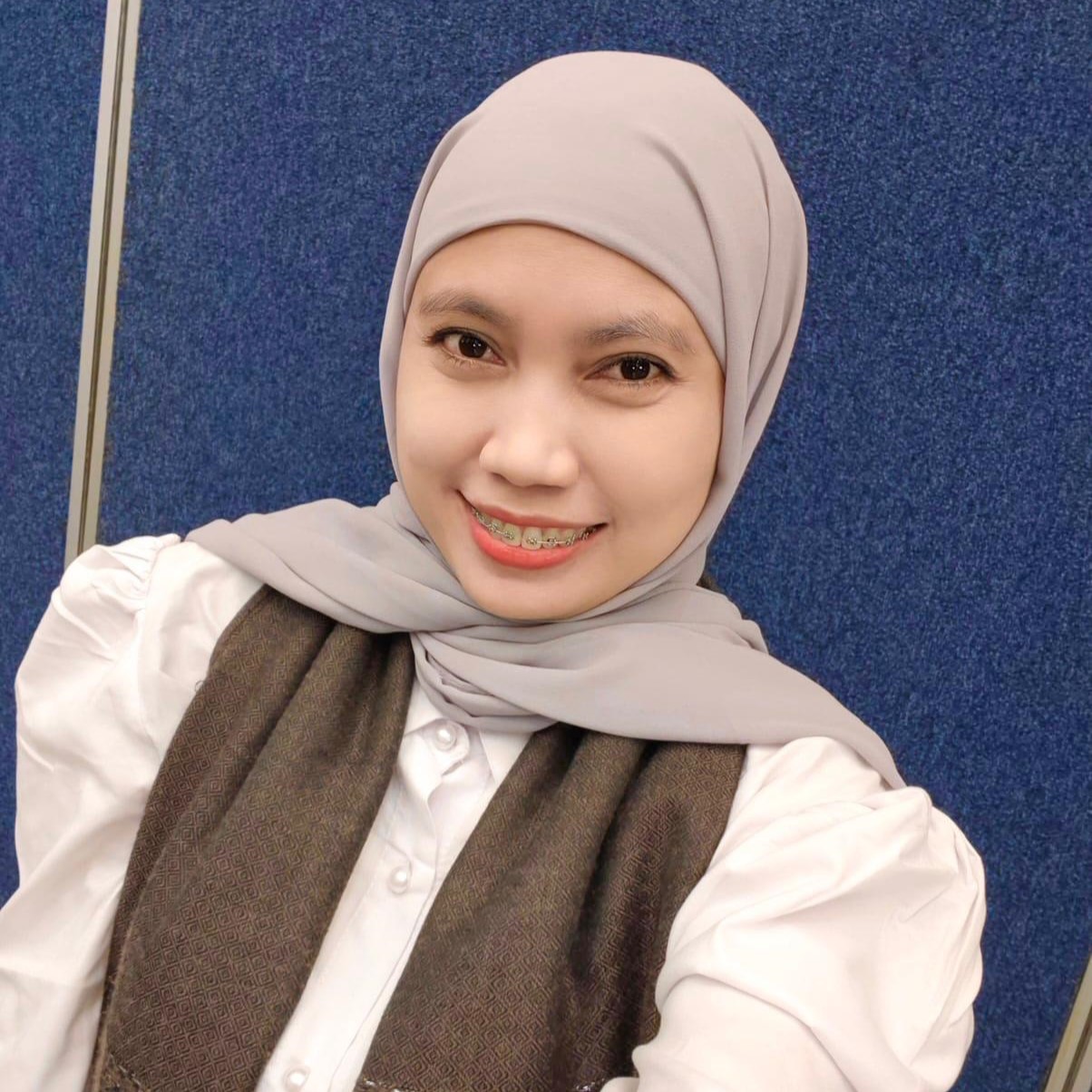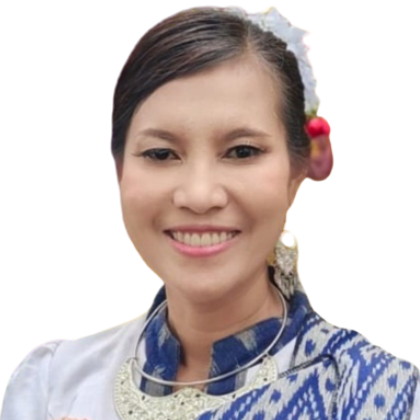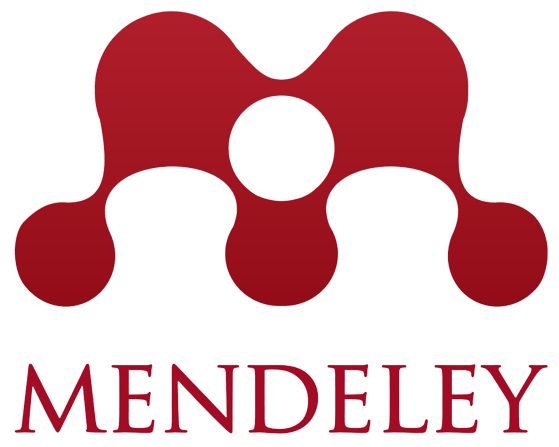The Nutrition Care Process to Type 2 Diabetes Mellitus Patients with Hypertension: Low Carbohydrate, Sugar, and Salt Diet
Downloads
Background:Type 2 diabetes mellitus patients require special nutritioncare to reduce levels of blood sugar, recovery, and adequate nutrition intake. Especially in the case of type 2diabetes mellitus patients with hypertension that affects appetite and the ability to consume food adequately. The nutritioncare process was done by providing a low carbohydrate, sugar, and salt diet to reduce levels of blood sugar and blood pressure, and prevent unexpected weight loss.
Objectives: To knowing the nutrition care process to type 2 diabetes mellitus patients with hypertensionwhich apply a low carbohydrate, sugar, and salt diet.
Methods:This study was conducted in November 2021 in hospitalized patients of RS X Sidoarjo.
Results: After the nutrition intervention, the patient's condition began to improve, marked by most of the intake can reach target (>80%), the results of the biochemical laboratory such as random blood sugar, creatinine, and sodium showed a decrease and increase to normal values, but there are still symptoms that are felt even though they have decreased in scale such as nausea, difficulty chewing, and defecation.
Conclusions: In this case, recovery of the patient's condition is quite fast. Appetite and the ability to consume food gradually improve, marked by the food waste can reach target (<30%). Overall, the nutrition intervention provided was achieved.
American Heart Association (2012) ‘Heart Disease and Stroke Statistics-2012 Update', Circulation, 125(1), pp. 2–220.
Cattermole, G. N., Graham, C. A. and Rainer, T. H. (2017) ‘Mid-arm circumference can be used to estimate weight of adult and adolescent patients', Emergency Medicine Journal, 34(4), pp. 231–236.
Elizabeth, J. C. (2009) Buku Saku Patofisiologi. Jakarta: EGC.
Fauzi, I. (2014) Buku Pintar Deteksi Dini Gejala & Pengobatan: Asam Urat, Diabetes & Hipertensi. Yogyakarta: Araska.
Kelishadi, R. (2012) Dyslipidemia: From Prevention to Treatment. Croatia: IntechOpen.
Kemenkes RI (2011) Pedoman Interpretasi Data Klinik. Jakarta: Kementerian Kesehatan Republik Indonesia.
Linder, M. C. (2006) Biokimia Nutrisi dan Metabolisme: dengan Pemakaian Secara Klinis. Jakarta: UI Press.
Mulyasari, I. and Purbowati, P. (2018) ‘Lingkar lengan atas dan panjang ulna sebagai parameter antropometri untuk memperkirakan berat badan dan tinggi badan orang dewasa', Jurnal Gizi Indonesia (The Indonesian Journal of Nutrition), 7(1), pp. 30–36.
Nabila, T. (2021) Literature Review : Hipertensi sebagai Komorbid pada Pasien COVID-19. Politeknik Kesehatan Medan.
PERKENI (2019) Pedoman Pengelolaan dan Pencegahan Diabetes Melitus Tipe 2 Dewasa di Indonesia Tahun 2019. Jakarta: Perkumpulan Endokrinologi Indonesia.
PERKENI (2021) Pedoman Pengelolaan dan Pencegahan Diabetes Melitus Tipe 2 Dewasa di Indonesia Tahun 2021. Jakarta: Perkumpulan Endokrinologi Indonesia.
Riordan-Eva, P. and Whitcher, J. P. (2012) Vaughan & Asbury: Oftalmologi Umum. Jakarta: EGC.
Rosiadi, M. (2019) Asuhan Gizi pada Pasien Diabetes Mellitus dengan Hipertensi di Ruang Rawat Inap RSUD Prof. Dr. W. Z. Johanes Kupang. Politeknik Kesehatan Kupang.
Saputra, B. R., Rahayu and Indrawanto, I. S. (2013) ‘Profil Penderita Hipertensi di RSUD Jombang Periode Januari-Desember 2011', Saintika Medika, 9(2), pp. 116–120.
Sulistiari, D. A. (2013) Pengaruh Pendidikan Kesehatan Perawatan Kaki terhadap Kepatuhan Pasien Diabetes Mellitus Tipe 2 dalam Melakukan Perawatan Kaki di Wilayah Kerja Puskesmas Jenggawah Kabupaten Jember. Universitas Jember.
Tandra, H. (2009) Kiss Diabetes Goodbye: 7 Langkah Mencegah Diabetes. Surabaya: Jaring Pena.
Tjekyan, R. M. S. (2014) ‘Angka Kejadian dan Faktor Risiko Diabetes Melitus Tipe 2', Majalah Kedokteran Sriwijaya, 46(2), pp. 85–94.
Triyanto, E. (2014) Pelayanan Keperawatan bagi Penderita Hipertensi Secara Terpadu. Yogyakarta: Graha Ilmu.
Xu, A., Wang, Y. and Lam, K. (2007) Adiponektin. Dalam: Fantuzzi G, and Mazzone T. Nutrition & Health: Adipose Tissue and Adipokines in Health and Disease. New Jersey: Humana Press.
Copyright (c) 2022 Erwanda Anugrah Permatasari, Qonita Rachmah, Avilla Arsa

This work is licensed under a Creative Commons Attribution-ShareAlike 4.0 International License.
Media Gizi Kesmas by Unair is licensed under a Creative Commons Attribution-ShareAlike 4.0 International License.
1. The journal allows the author(s) to hold the copyright and to retain the publishing right of the article without restrictions.
2. The legal formal aspect of journal publication accessibility refers to Creative Commons Attribution-Share-Alike (CC BY-SA).
3. The Creative Commons Attribution-Share-Alike (CC BY-SA) license allows re-distribution and re-use of a licensed work on the conditions that the creator is appropriately credited and that any derivative work is made available under "the same, similar or a compatible license”. Other than the conditions mentioned above, the editorial board is not responsible for copyright violations.



















